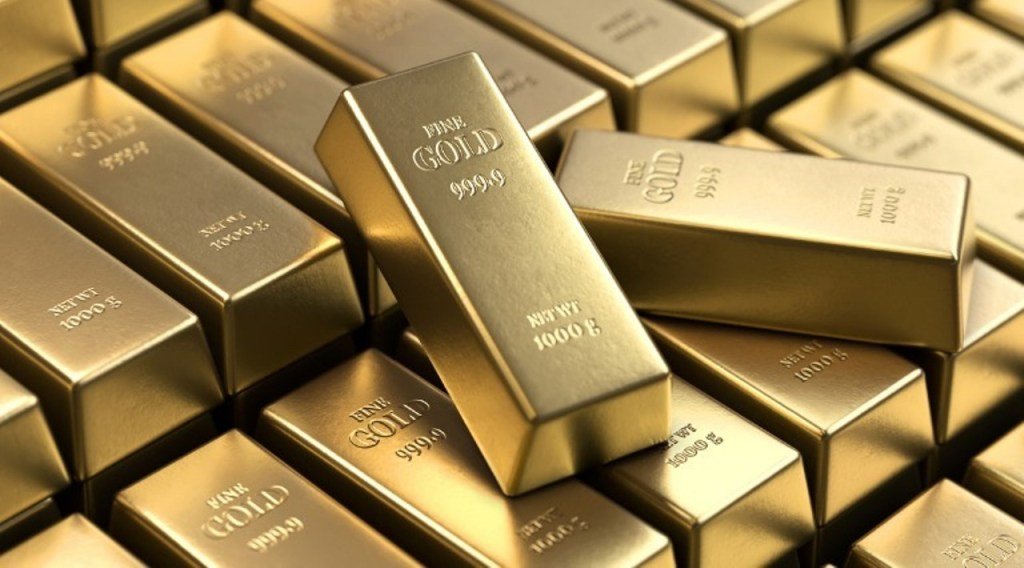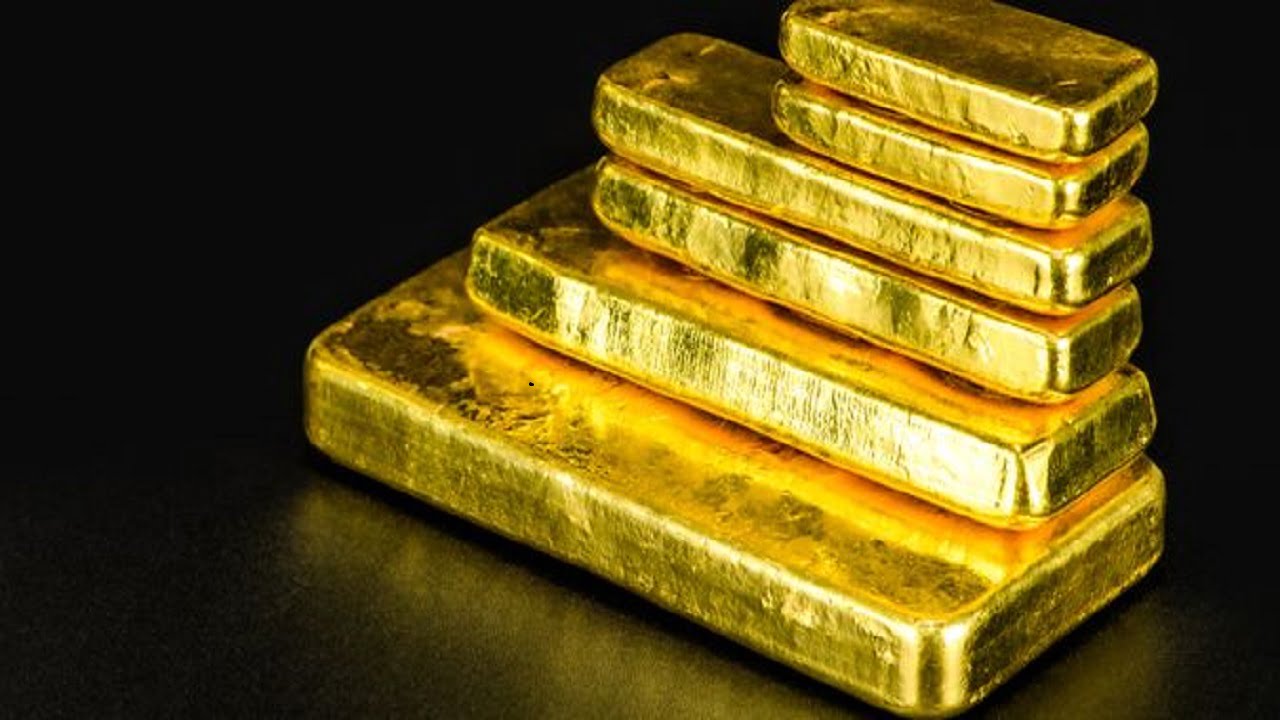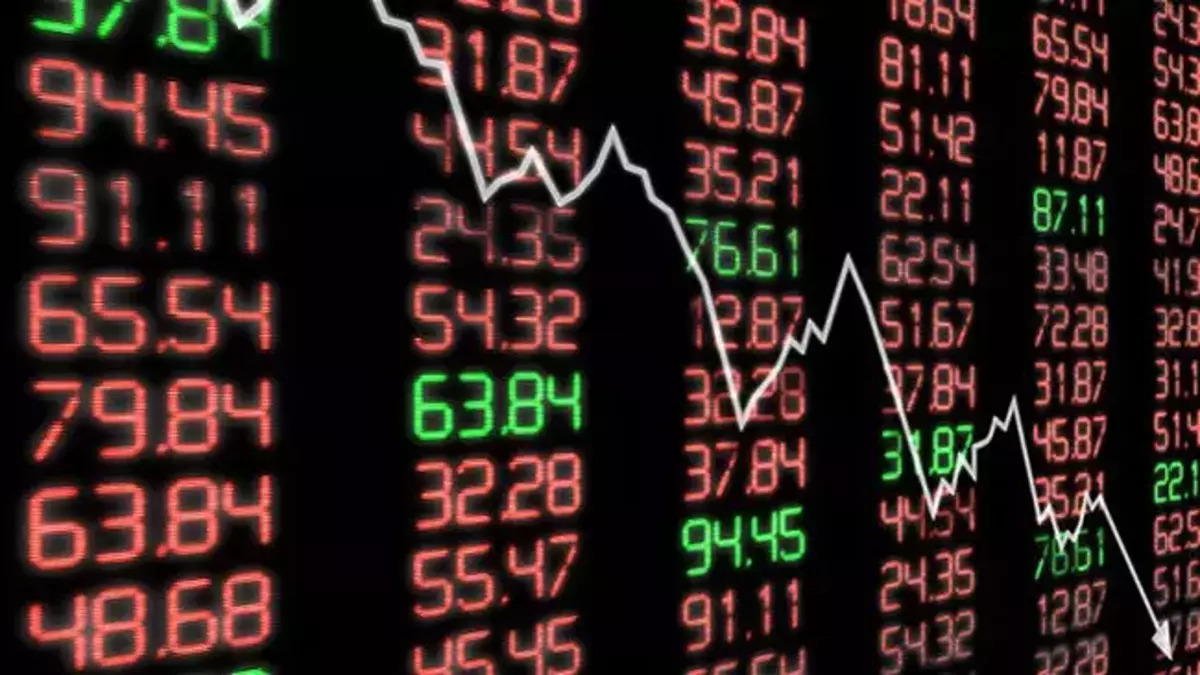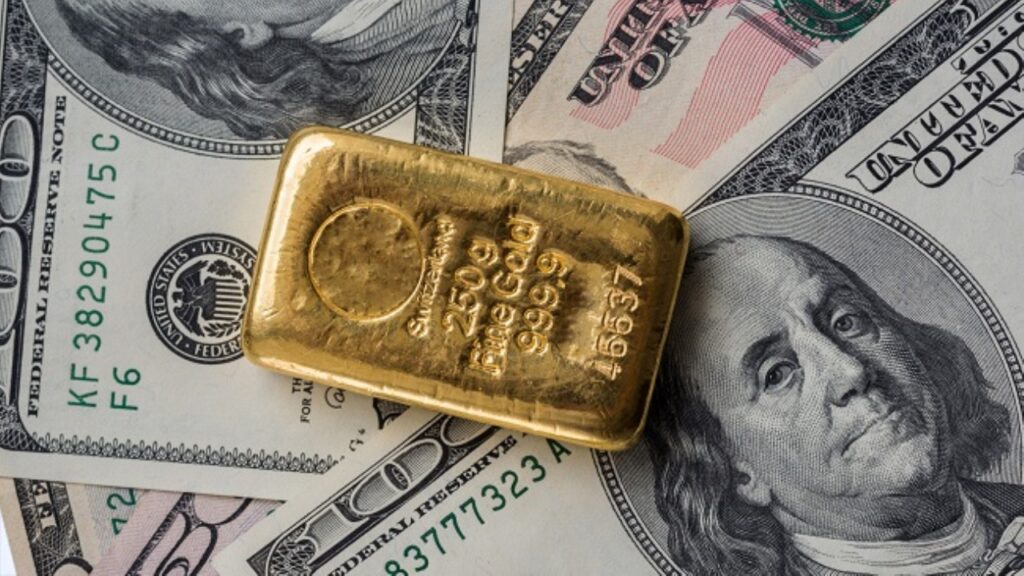Standard Chartered said gold prices are stuck between an aggressive Fed and inflation fears. He said that for the rest of 2022 for gold prices, it is necessary to monitor bond yields. Here are the details…
Standard Chartered expects gold to decline
“Gold is caught between expectations of sharper rate hikes and long-term high inflation concerns if monetary policy fails to soften economic activity and curb inflation,” said Standard Chartered precious metals analyst Suki Cooper. This inactivity has left gold largely range-bound and stable despite heavy volatility in other assets. Cooper said the big macro expectation for the remainder of 2022 is that the focus shifts from inflation to recession risks.

“Gold continues to benefit from safe-haven demand due to high geopolitical risk and concerns about market volatility in lower equity markets,” Cooper wrote in a recent report. but the premium has eroded,” he said. According to the analyst, this situation is likely to lead to a decline in gold prices in the second half of the year. The analyst uses the following statements:
Rising recession risk is holding back open interest for the time being, but we expect gold to return to tracking real returns for the remainder of 2022 and lower gold prices (albeit a higher base given the physical market response to lower prices).
Standard Chartered announces its third quarter forecast for gold prices
Standard Chartered’s gold price outlook shows the precious metal at $1,850 in the third quarter. This level is higher than the price of gold at the time of writing. However, it is still lower than expected in this environment of increasing uncertainty. Cooper used the following statements:
Aggressive rate hikes typically put pressure on gold prices. We expect this to be the case during the current Fed cycle. However, recent changes in gold positions have deviated from the historical trend. This time, positioning improved ahead of the first Fed hike in March as the geopolitical risk premium offset concerns about higher rates. Then, in the three months since the first hike, interest has fallen (rather than recovered). Despite this scaling back, the net fund length is still high compared to previous cycles, suggesting that the downside risk to gold prices increases as inflation declines.

Cooper noted that data that needed to be closely monitored over the summer included durable goods orders, wholesale stocks and personal expenses. The physical market demand, which started to work in favor of gold, also seems to be waking up. It especially draws attention to physical gold demands in China and Switzerland.







